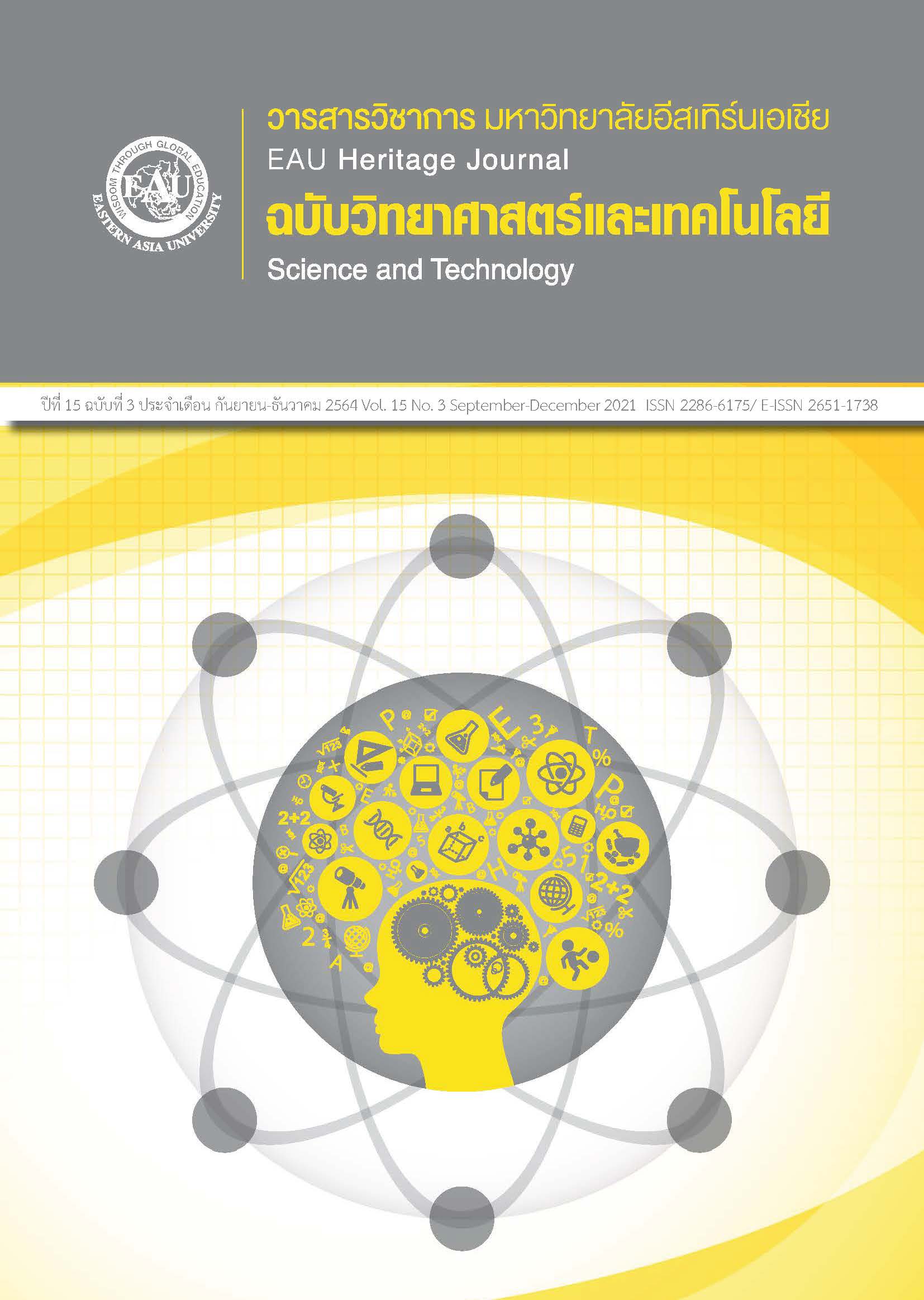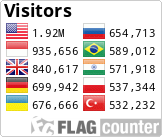การศึกษาเปรียบเทียบสมรรถนะของอาร์เรย์โมดูลเซลล์แสงอาทิตย์ จากรูปแบบการเชื่อมโยงอาร์เรย์ ภายใต้การบังเงาบางส่วน โดยใช้เทคนิคการเลื่อนแถวของเมจิกสแควร์
คำสำคัญ:
สมรรถนะของอาร์เรย์โมดูลเซลล์แสงอาทิตย์; การบังเงาบางส่วน; การจัดเรียงอาร์เรย์; การเชื่อมโยงอาร์เรย์; เมจิกสแควร์ วิธีสยามบทคัดย่อ
การศึกษาวิจัยนี้นำเสนอผลการเปรียบเทียบสมรรถนะของอาร์เรย์โมดูลเซลล์แสงอาทิตย์ พิกัด 10 วัตต์ ขนาดอาร์เรย์ 5´X5 จากรูปแบบการเชื่อมโยงอาร์เรย์แบบ SP BL HC และ TCT รูปแบบการบังเงาบางส่วนแบบ SW SN LW LN และ NS การจัดเรียงอาร์เรย์แบบปกติ IC และการจัดเรียงตำแหน่งอาร์เรย์ใหม่ซึ่งตำแหน่งการเชื่อมต่อทางไฟฟ้าคงเดิม โดยใช้เทคนิคการเลื่อนแถวของเมจิกสแควร์วิธีสยาม MS1-MS5 โดยการจำลองบน MATLAB/Simulink ผลการศึกษาเปรียบเทียบ รวมทั้งสิ้น 30 กรณี พบว่า (1) การเชื่อมโยงแบบ TCT ให้ค่า GMPP สูงที่สุดเมื่อเปรียบเทียบกับรูปแบบอื่น ถึง 21 กรณี คิดเป็นร้อยละ 70 (2) มี 8 กรณีที่ให้ GMPP เท่ากันทั้ง 4 รูปแบบการเชื่อมโยง โดย 6 จาก 8 กรณีนี้เป็นกรณีที่ไม่มีการบังเงาของทั้ง 6 รูปแบบการจัดเรียง คิดเป็นร้อยละ 26.66 และ (3) มีเพียงกรณีเดียวที่การเชื่อมโยงแบบ SP ให้ค่า GMPP สูงที่สุดเมื่อเปรียบเทียบกับรูปแบบอื่น คิดเป็นร้อยละ 3.33 ทั้งนี้ กำลังไฟฟ้าสูญเสียของอาร์เรย์โมดูลเซลล์แสงอาทิตย์ภายใต้เงื่อนไขการบังเงาบางส่วน ขึ้นอยู่กับรูปแบบการบังเงา การจัดเรียงอาร์เรย์ และรูปแบบการเชื่อมโยงอาร์เรย์โมดูลเซลล์แสงอาทิตย์ ผลจากการศึกษานี้จะสามารถนำไปใช้เป็นข้อมูลประกอบการตัดสินใจเลือกรูปแบบการเชื่อมโยงของอาร์เรย์ได้อย่างเหมาะสมต่อไป
เอกสารอ้างอิง
Abdelrahman M. M., Abou-Hashima M., El-Sayed, Yehia S. M., & Husam A. R. (2021). Enhancement of Photovoltaic System Performance Based on Different Array Topologies under partial shading conditions. Journal of Advanced Engineering Trends (JAET), 40(1), 49-61. doi:10.21608/JAET.2021.82192
Bonthagorla, P. K., & Mikkili, S. (2020). Performance analysis of PV Array configurations (SP, BL, HC and TT) to enhance maximum power under non-uniform shading conditions. Engineering Reports, 2(2), e12214. https://doi.org/10.1002/eng2.12214
Charoenpanitseri, W. (2013). How to build a Magic Square. Srinakharinwirot Science Journal, 29(2), 207-224. (in Thai)
De Souza Lima, A., Moreira, A. V. S., Laurindo Maitelli, A., & Barros, L. S. (2019). Maximum power point tracking through Magic Square for Photovoltaic Modules under partial shading. 2019 IEEE PES Innovative Smart Grid Technologies Conference-Latin America (ISGT Latin America) (pp. 1-6). Gramado, Brazil: IEEE. doi:10.1109/isgt-la.2019.8895275
Namhormchan, T. (2021). Comparative study of enhanced power generation Photovoltaic Array under partial shading conditions using Magic Square Row Shifting Technique. EAU Heritage Journal Science and Technology, 15(2), 247-261. (in Thai)
Rakesh, N., Madhavaram, T. V., Ajith, K., Naik, G. R., & Reddy, P. N. (2015). A new technique to enhance output power from solar PV Array under different partial shaded conditions. 2015 IEEE International Conference on Electron Devices and Solid-State Circuits (EDSSC) (pp. 345-348). Singapore: IEEE. doi:10.1109/edssc.2015.7285121
Raju, V. B., & Chengaiah, Ch. (2019). Performance analysis of conventional, hybrid and optimal PV Array Configurations of partially shaded modules. International Journal of Engineering and Advanced Technology (IJEAT), 9(1), 3061-3073.
Rani, B. I., Ilango, G. S., & Nagamani, C. (2013). Enhanced power generation from PV Array under partial shading conditions by shade dispersion using Su Do Ku Configuration. IEEE Transactions on Sustainable Energy, 4(3), 594–601. doi:10.1109/tste.2012.2230033
Tubniyom, C., Jaideaw, W., Chatthaworn, R., Suksri, A., & Wongwuttanasatian, T. (2018). Effect of partial shading patterns and degrees of shading on Total Cross-Tied (TCT) Photovoltaic Array Configuration. Energy Procedia, 153, 35–41. doi:10.1016/j.egypro.2018.10.028
Yadav, K., Kumar, B., & D., S. (2020). Mitigation of mismatch power losses of PV Array under partial shading condition using novel Odd Even Configuration. Energy Reports, 6, 427–437. doi:10.1016/j.egyr.2020.01.012







